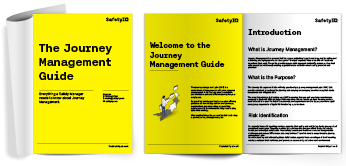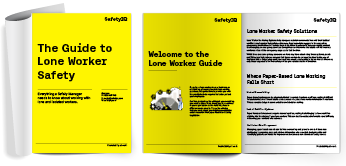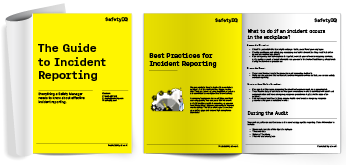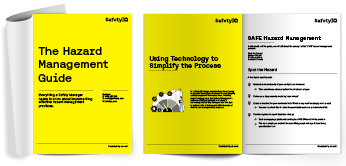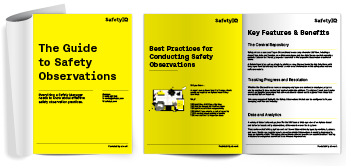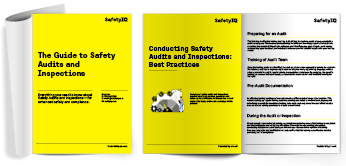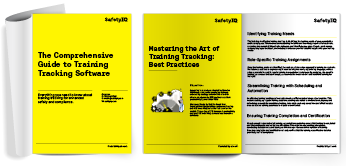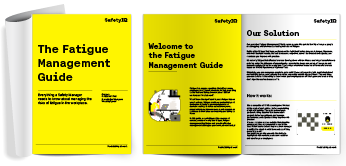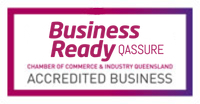The current business environment has seen a shift in which many employees are required to work remotely or travel abroad to meet clients, attend seminars and exhibitions, and close deals that can provide the company with multiple revenue streams.
Most importantly, however, is the pressure many organisations are coming under to meet strict HSE standards to ensure worker’s rights remain intact and do not culminate in the form of court settlements and reduced standards of living.
As business requirements change and worker roles evolve, the measures needed to satisfy adequate HSE standards will change accordingly. This is especially true in the case of journey / travel risk management, as workers are likely to encounter significant health and safety hazards.
This is why managers and other personnel need to give priority to SafetyIQ journey management. We are going to explore how SafetyIQ helps to meet the changing nature of the workplace with the help of a case study.
Shamrock Civil Engineering: Case Study
Using a case study approach, we can begin to understand how one construction company, Shamrock Civil Engineering, was able to manage their business and operational requirements using the journey management software.
The need to implement improved processes for journey management arose when the Shamrock Civil, like many other companies, started working interstate and internationally. Management practices, such as fly-in-fly-out (FIFO) and drive-in-drive-out (DIDO), became commonplace, in addition to increased night work.
As a result, existing controls were not sufficient for accommodating the changes in workers’ roles. As such, fatigue and journey management emerged as a focal point, posing a host of obstacles for worker productivity and organisational agility.
During this transformation the importance of meeting health and safety requirements relating to this specific area grew immensely. Management was concerned with their rapidly expanding mobile workforce and they wanted to know their travellers (both rostered and ad hoc) were safe.
With a rapidly expanding mobile workforce, management were genuinely concerned with the safety of their travellers.
Shamrock Civil researched potential solutions that could help manage their specific business challenges. SafetyIQ was chosen based upon a specific criterion around simplicity, speed of communication, efficient process for both travellers and managers, accuracy and timeliness of data and affordability.
SafetyIQ was chosen based upon a specific criterion around simplicity, speed of communication, efficient process for both travellers and managers, accuracy and timeliness of data and affordability.
After approving an initial pilot of SafetyIQ, the implementation process was critical. Senior management engaged with SafetyIQ’s implementation team to understand the parameters the initial pilot program would encompass.
The implementation process highlighted the barriers and challenges that the company would encounter. This helped to anticipate the challenges and also work on measures and solutions should the need arise. A detailed process was formulated that provided the company with clear direction about how to streamline their journey management process.
After completing the pilot program, management conducted a review to gain feedback and determine user experience. This feedback allowed for adjustments to the process prior to mandating the use of SafetyIQ across the wider workforce.
The successful pilot allowed Shamrock Civil to extend their journey management processes, in some cases, to their subcontractors. After 12 months of use, the company continues to make periodical reviews and strives for continuous improvement.

